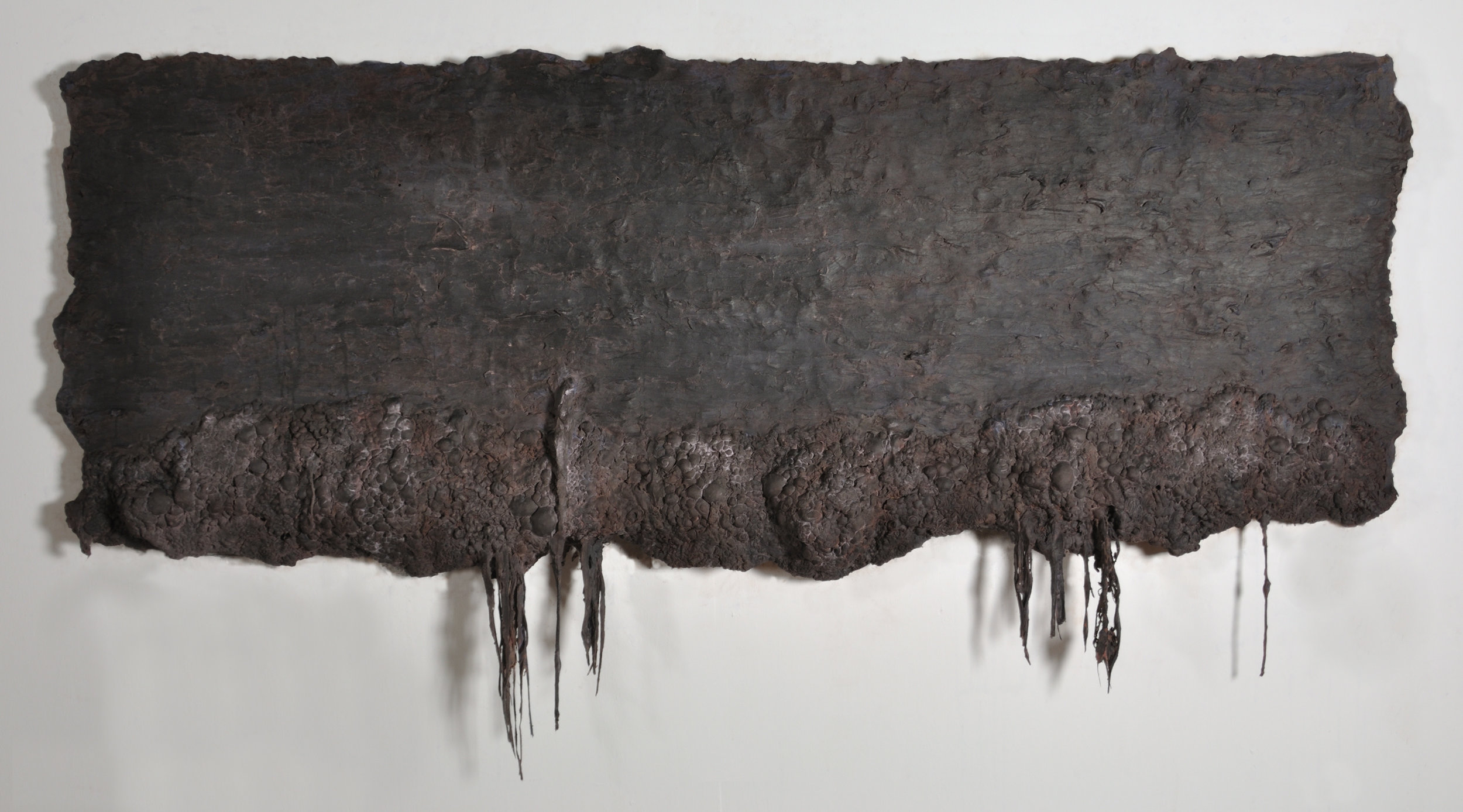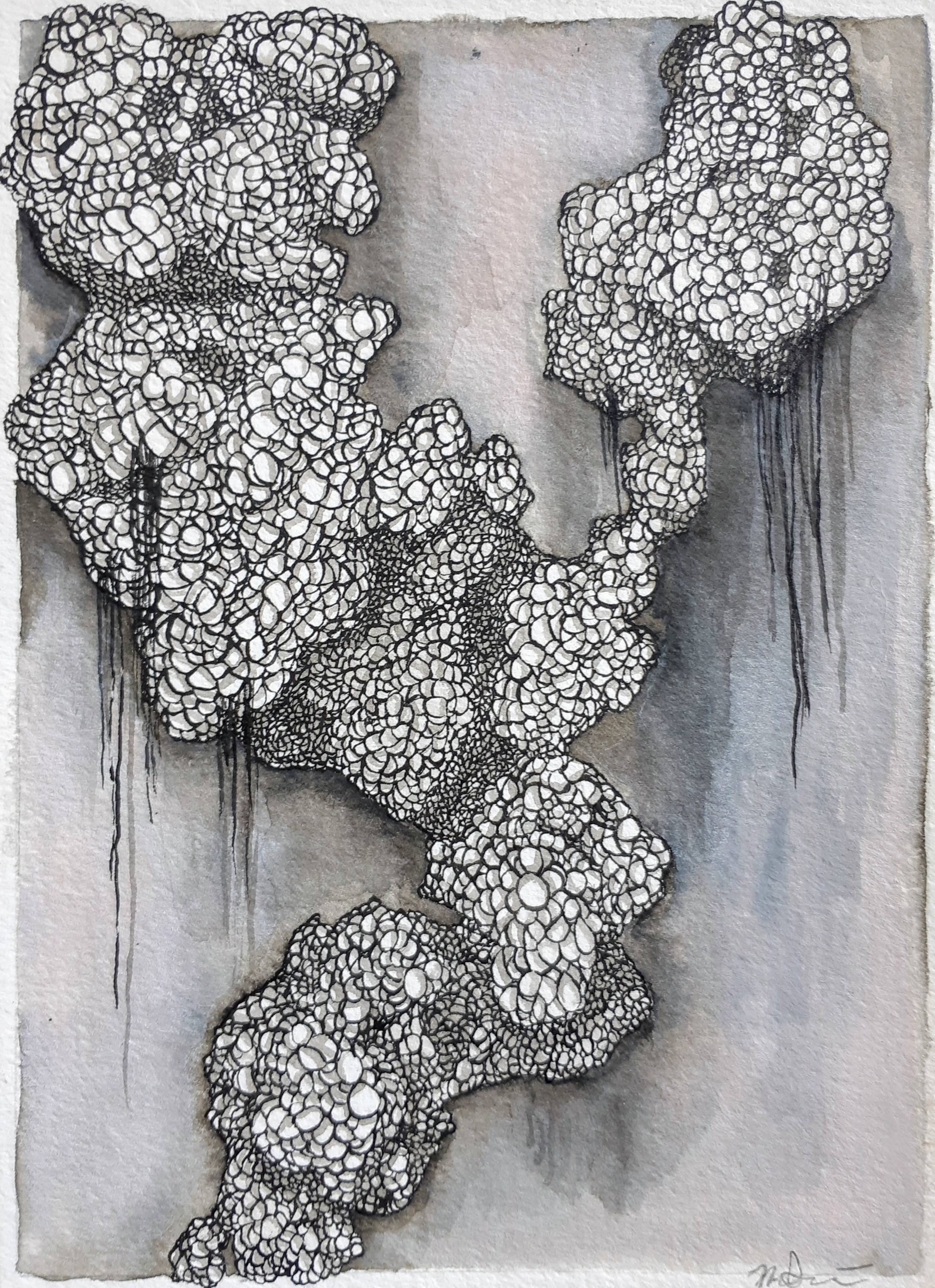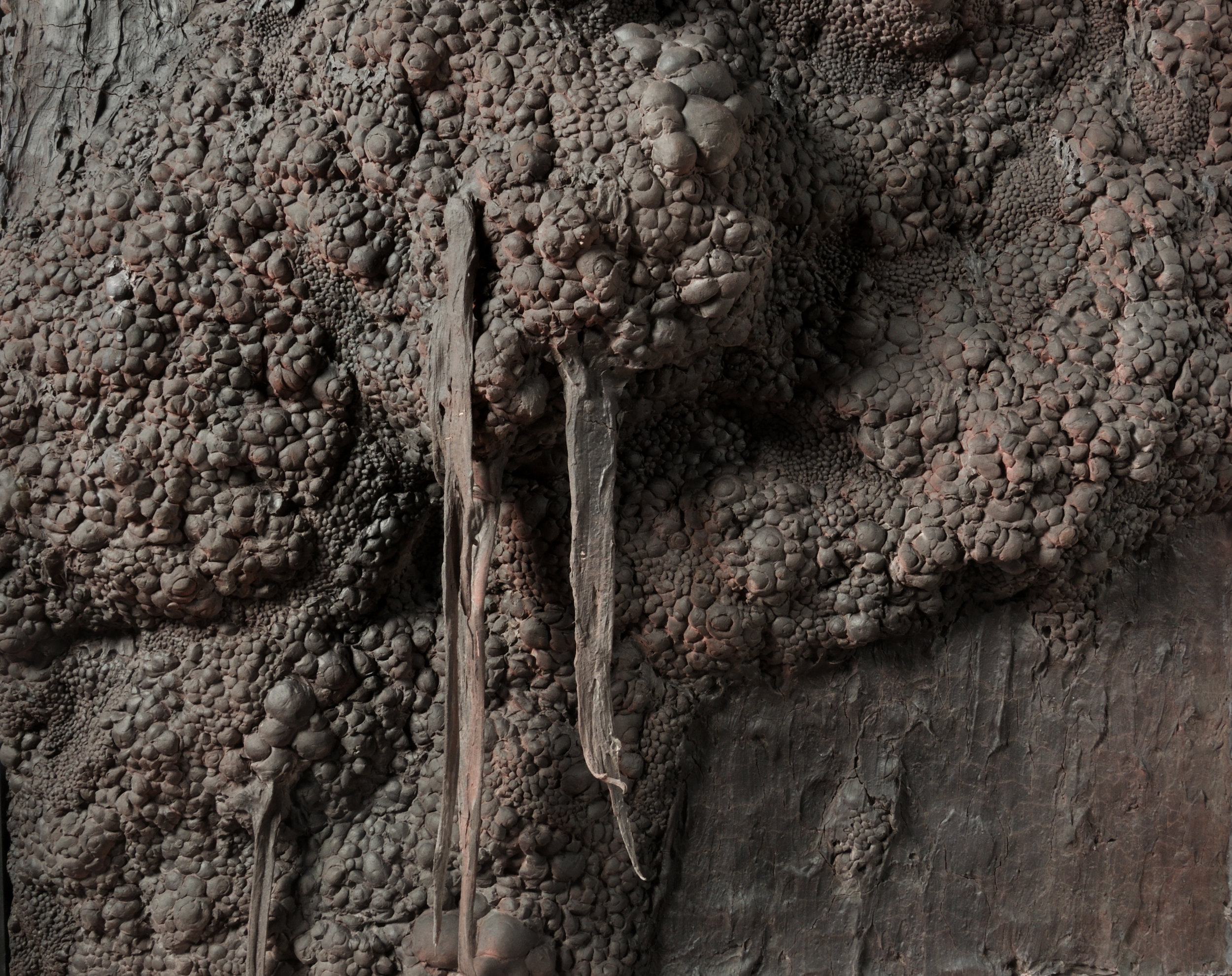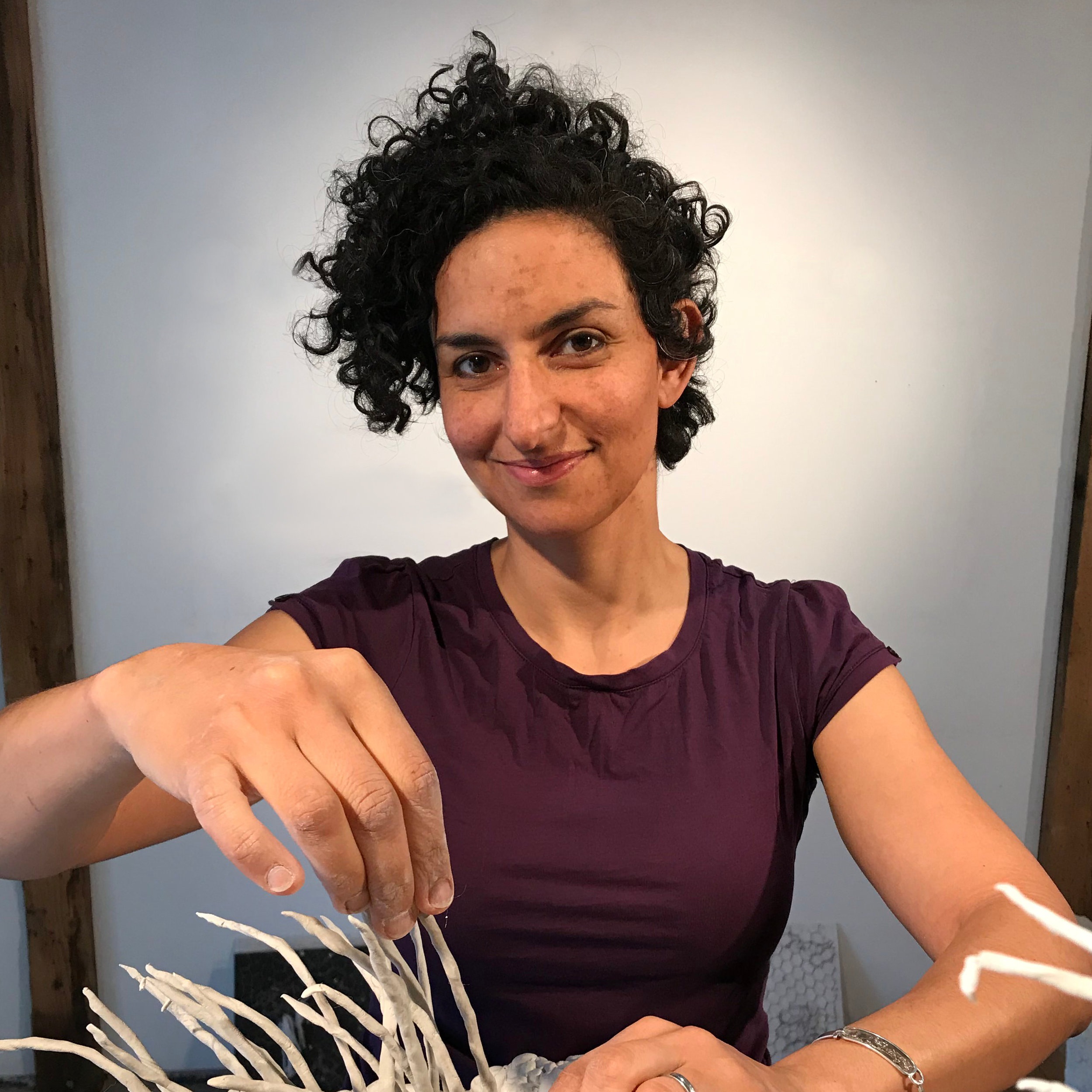Magdolene Dykstra is a first generation Egyptian-Canadian. After studying both biology and visual arts in undergraduate studies, she received her MFA from Virginia Commonwealth University. Magdolene has participated in residencies at the Medalta Historic Clay District (Medicine Hat, Alberta) and the Watershed Center for Arts and Crafts (Newcastle, Maine). Magdolene has been awarded several grants from the Ontario Arts Council, including Project Grants and Exhibition Assistance Grants. Her work has been exhibited internationally, and is included in collections around the world. She lives in the Niagara region of Ontario where she is a passionate artist-educator, teaching at secondary and post-secondary levels.
A desire to understand my place in the universe drives my work. Using sculpture, installation, and drawing, my work meditates on the unfathomable multiplicity of humanity. My compositions are inspired by microbiology, finding lineage in the Romantic artists of the 19th century who used their paintings to evoke the sublime by reminding the viewer of her diminutive status in relation to grand landscapes. In contrast to macro landscapes, I site the sublime in microbial terrain. In a time of environmental endangerment, my aesthetic of cellular accumulation references the vast numbers of the human race, swarming beyond what is sustainable. I compose my work using primarily unfired clay, imparting these roiling masses with precarity to reflect on the fragility of our collective existence.
My sculpted paintings merge my interest in the foreign terrain of microbiology with an examination of what Barnett Newman called the “abstract sublime”. These works reference Abstract Expressionism in its aim to induce a strong emotional response with their compositions of unfamiliar growth. Within these works, each individual is absurdly insignificant except for its interconnectedness to everything around them. Gathered en masse, these lifeforms overwhelm the structure upon which they grow. Drawing on the ephemeral works of land artist Richard Long, my Interventions contextualize the microbial forms in the landscape. Despite the accumulating number of cells in each Intervention, they cannot withstand the elements, ultimately returning to the earth.
Just as prehistoric artists recorded their presence using pigments of the earth, I use clay to explore my relationship to the earth and the universe. Sculpture, installation, and drawing allow me to make the unseen tangible. These landscapes, both simple and complex, familiar and unfamiliar, reflect on the vast network of multiplicity that operates just beneath the surface. Using clay connects me to rituals and cultures throughout human history. I am one of many makers throughout human history who uses this material to explore my link to the rest of the universe. Instead of relying on the ability of fired clay to withstand time, I use raw clay in order to embrace ephemerality, imparting these ominous masses with precarity. Impermanence enhances preciousness. The things that don’t last demand more careful attention.





